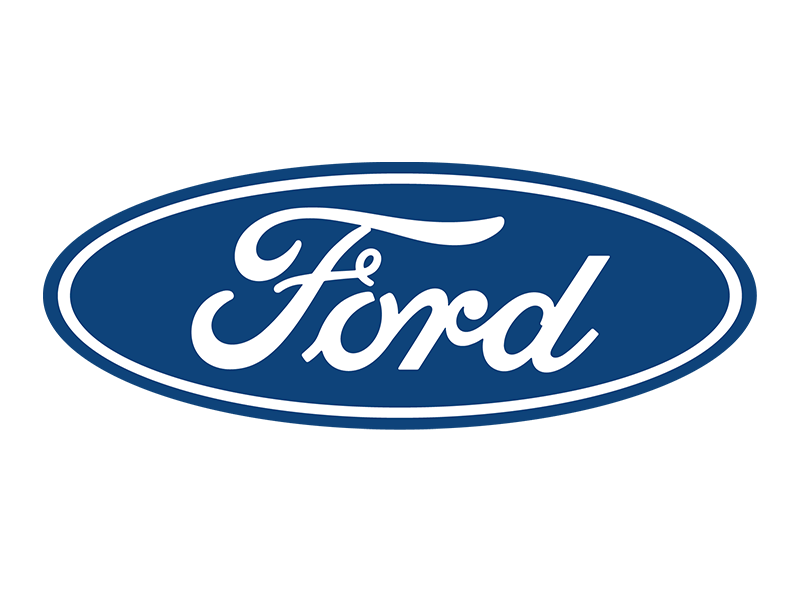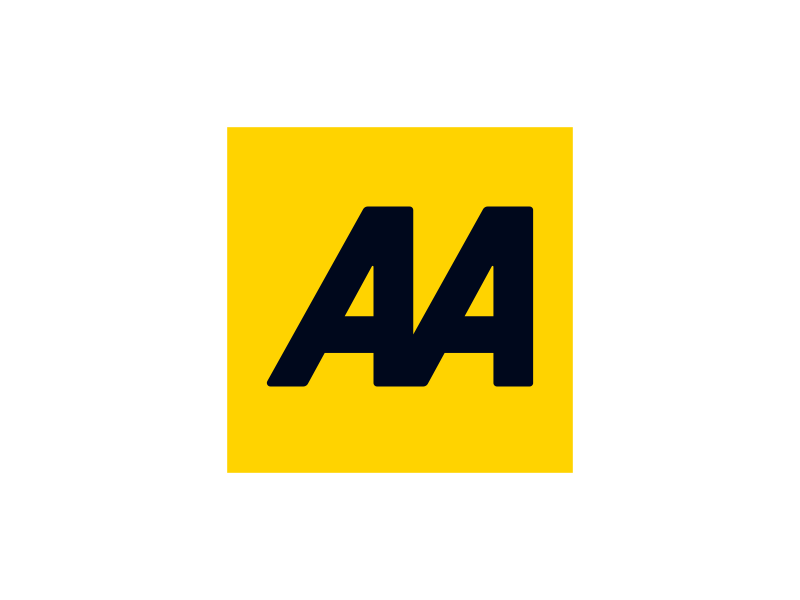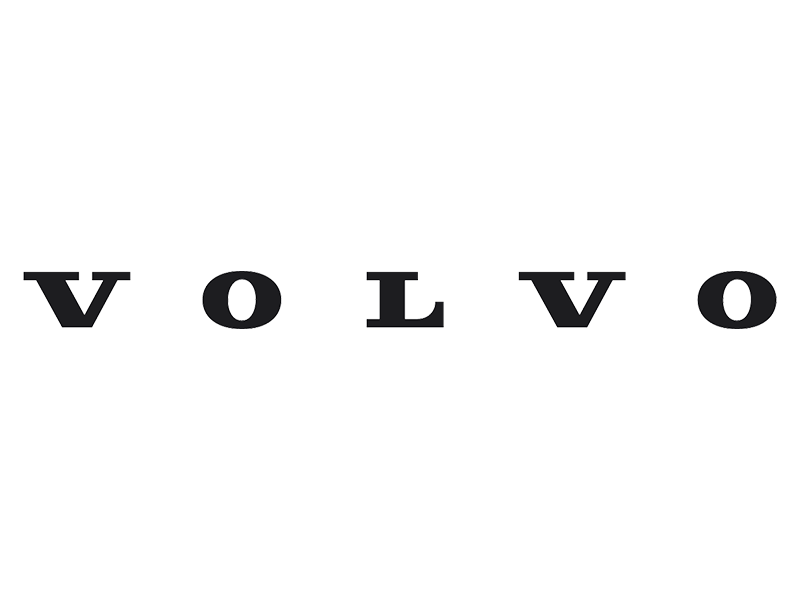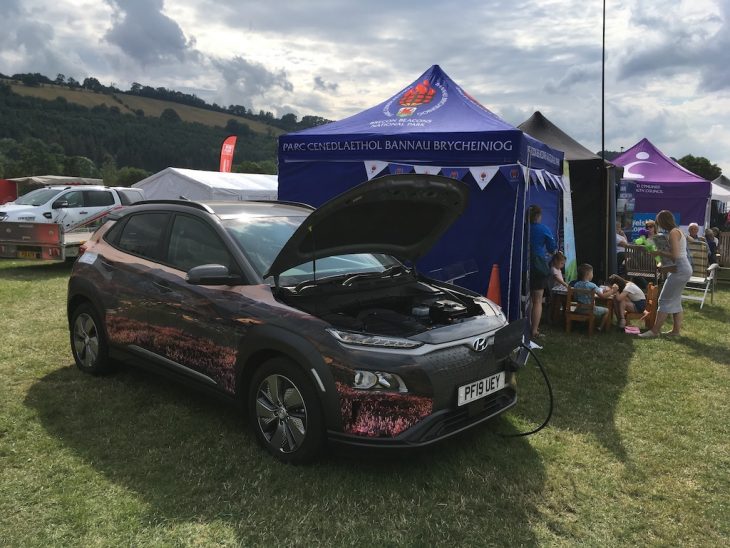Kevin Booker, IT systems and fleet officer at the Brecon Beacons National Park Authority, took the Eco Superstar title at the 2021 Fleet World Great British Fleet Awards. He speaks to Natalie Middleton about the Authority’s award-winning work with EVs and advises other fleets on how to go green.
An early adopter of electric vehicles, the Brecon Beacons National Park Authority is so far down the road to electric vehicles that when the 2030 ICE ban is mentioned in conversations, IT systems and fleet officer Kevin Booker laughs.
“We’re already there,” he says.
The Authority, which maintains and manages 520 square miles of Wales’s second-largest national park, operates a fleet of 25 vehicles for use by wardens, planners and for staff attending meeting.
As a national park, the environment is key to the Authority and was the main impetus for its plans to go green.
While the Authority’s first foray into greener vehicles was the adoption of BMW’s former i3 range-extender – specifically chosen to give employees a bit of back-up with its two-cylinder 650cc petrol engine – it’s quickly progressed from this.
It added its first electric pool vehicles in 2016 and now runs a fleet of electric or plug-in hybrid cars, including the Renault Zoe and four Hyundai Kona Electrics, which have replaced diesel vehicles. All have been carefully selected on the basis of their range and efficiency, while the Authority also aims that vehicles are five-star Euro NCAP-rated where possible, as a duty of care to residents, staff and volunteers.
By April 2021, the Authority will have removed any non-plug in vehicles from this fleet – a major milestone. Future pool cars will be 100% electric too.
The Brecon Beacons National Park has also introduced two Mitsubishi Outlander PHEVs to reduce warden fleet emissions, alongside replacing all diesel vehicles with Euro 6-compliant models.
It also runs an electric Renault Kangoo Z.E. van, used by the education team to promote the park, including its eco work, while the organisation has also ordered a Peugeot e-Expert van that will be fully converted to be a mobile events vehicle, including a solar panel roof.
The long-term goal is for the fleet to become zero-emission by 2025, including its plant, and it will take delivery of its first two fully electric tractors this year, which will be charged by solar energy augmented by battery storage, further reducing its carbon footprint.
Work has quickly paid off; the fleet’s average CO2 has fallen from 122g/km in 2019 to 107g/km today, despite the move to tougher WLTP-derived CO2 figures and the requirement for pickup trucks on the warden fleet.
The switch to electric and plug-in hybrid vehicles has been widely greeted by drivers; all of whom are trained on charging and driving electric vehicles, and have familiarised quickly, according to Booker – who took the Financial Superstar title at last year’s Great British Fleet Awards.
“As an environmental organisation, we made the decision to go electric on the pool cars because of the environmental concerns. In a way, drivers had no choice but to use the pool cars that were electric.
“Because we don’t give company cars there’s been no choice aspect for them, it’s been a policy decision that the park is going zero-emission and drivers have to deal with it. We make sure they’re as safe as possible. And the thing is that a lot of drivers once they’ve have driven one of the electric cars say, ‘Ooh, this is actually quite nice.’
“It’s enabling a lot of demand among staff for personal electric cars. They’re now purchasing them for themselves as they’ve driven our pool cars and realised that this is just a pool car that happens to be electric.”
He adds: “It helped when we went from the BMW i3 range-extenders to the Hyundai Kona Electrics as they are also available as petrols and hybrids, and they were previously available as diesels too. So it helped in people’s minds that these were ‘normal’ cars that just happened to be powered by electricity. Whereas the i3 was quite quirky.”
The Kona Electric’s long range is also helping with driver acceptance.
Booker explains: “As soon as they see the range saying 200 miles they don’t really think about it. If they have it for a couple of days, they won’t bring it back and charge it every tonight, they’ll just park it and drive the next day. We’ve tried to always charge when we need to rather than after every use.”
In fact, according to Booker, the most difficult thing has been the charging infrastructure, due to the park’s rural location.
“Basically the only way we’ve managed to get the right charging infrastructure has been to build our own. So that’s why we’ve deployed 17 chargers throughout the park – over 50% of them are publicly accessible.”
All are supplied with 100% green energy from Good Energy but a key part of the Authority’s work has been the installation of solar panels at both its visitor centre and its depot.
Booker adds: “We generate enough solar power to offset all of our mileage. Basically you’re not always going to have the car plugged in when it’s sunny but it goes back to the national grid. Our visitor centre has 76 panels on it. They went live just as lockdown started – so at least the site’s electricity has been free! That’s just reached its first year anniversary of installation and it generated 22MWh last year. Working that out at an average of 4 miles per kWh, that site alone has generated 88,000 miles of range for a Kona Electric.
“Our depot has generated 8.18MWh in the last year. So our depot generates about 35,000 miles a year of range. And in a normal year our pool vehicles average between 10-12,000 miles so we’ve more than offset all our mileage through solar power generation alone.
“Our depot has got a 22kW public charger on it as well. So that’s quite handy as if a member of the public happens to be charging on a day that’s sunny, they are literally charging straight off the sun.”
Meanwhile, the Brecon Beacons National Park Authority also has a grid-connected hydro scheme that has generated enough electricity in the last year to take its vehicles 739,000 miles, further reducing costs and playing a major role in ongoing carbon reduction goals.
Asked about future developments and Booker says that adding in further charging is the focus for now to support increased adoption of EVs by the park’s visitors.
He explains: “We’ve run out of the ability to put in more chargers easily now so we’ve got to talk to the network operators for the area – Western Power happens to be our Distribution Network Operator (DNO) – just to get the infrastructure in.
“We want to start deploying more public chargers, especially more rapid chargers. We’d love to put more public chargers in our visitor centres. But for the moment we’re limited by grid supply. So our project is more focused around the public charging infrastructure.”
He also echoes wider industry calls for a manufacturer to bring out an electric pickup truck.
“That is our weakness in our fleet, the fact that there is no electric pickup truck. The closest we can get is our Outlander PHEVs but with Mitsubishi pulling out of the UK, we’re losing our go-to vehicle with off-road capabilities and low emissions.
“If you look at our fleet today, we have a lot of 70-plate Outlander PHEVs as we’ve tried to get the last of them while we still can. We need the four-wheel drive capability. We know it’s not sustainable to get 23 to the gallon out of a big pickup truck.
“We’ve gone as green as we can with the pickups – they’re all Euro 6 with AdBlue. But that is a massive gap in the market, there is no one that makes one.
“And it’s all very well people saying about Rivian or Cybertruck, but that’s no good for the public sector. You can’t have wardens with a £100k vehicle otherwise you’d only be able to afford one warden,” says Booker. “It needs to be the equivalent of the Hilux or L200 but in electric form.”
Finally, when asked about his advice for other fleet operators looking to go green, Booker is unequivocal.
“Make sure you got your infrastructure in place. And I’d say as well to think of your whole eco strategy. So if you’ve got a big industrial unit, consider solar panels. We didn’t do this in isolation, we’ve got the solar panels and we’ve got our hydro scheme which generates enough power for hundreds of thousands of miles per year.
“Do it as a complete carbon reduction programme. So think of the whole cycle with solar panels and electric charging. And make sure you have chargers in place. Because I still speak to people who think it will be practical to charge a Kona off a three-pin plug and then they get disappointed because they realise it will take days to charge. But you’ve set it up to fail.
“Basically, you need to think about how to set it up to succeed, rather than to fail. So you’ve got to have the whole training in place for staff, you’ve got to have the chargers in place. You need to think of it as a whole green package.”











































